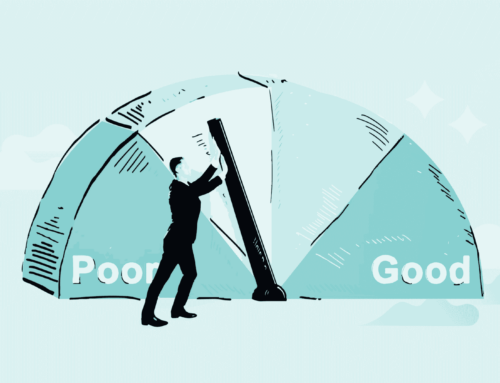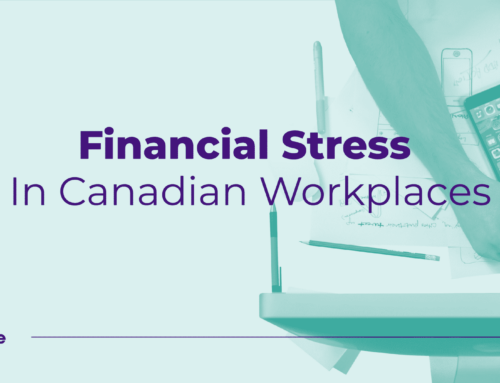Filing your federal tax return can be overwhelming. But at MyMarble, we will help you take advantage of this money-saving opportunity to manage your finances.
When it comes to credit, debt, and budget management, including filling your tax, worry not because you are in the right place. We understand that the tax filing deadline for 2022 Canada is soon approaching – due on May 2, 2022. Whether you are employed or self-employed, it’s best if you understand what it takes to file your 2021 tax return correctly.
How to File Taxes in Canada
Whether you are filing your tax for the first time or already used to the process, here are some steps you can follow for 2022 tax return purposes.
- Leverage NETFILE or ReFILE Services
Use electronic filing platforms. Canadian citizens can file personal income tax and benefit returns online. Similarly, there is additional certified paid tax software with free offerings that can facilitate filing your returns.
- Use CRA’s Automated Phone Service
Do you fall under the low or fixed incomes category? If yes, then take advantage of the CRA’s (Canada Revenue Agency) automated phone service.
With CRA, your credit payments and benefits will be safe. You will be able to monitor related tax credits you qualify for, including being aware of the Child tax dates 2022 and benefits. CRA agents can help anyone with a modest income who is eligible for or has used a free tax clinic before. For more details, visit individual tax filing assistance.
- Mail Your Tax Return
You can consider mailing a copy of your return through the 2021 income tax package. However, keep in mind that a paper return might take longer to process – so be patient with the process.
What are the Important Canada Tax Return Forms?
In filing your 2021 tax return, you may need to fill out several forms, including the T4A, T4, TD1, and T1 forms, among others.
- TD1 is a requirement for anyone who has just started working in Canada. This form helps determine your taxable income so ensure you fill it correctly to avoid unnecessary overdue.
- T4 form summarizes the total income you’ve earned, including the tax paid during the specific year. However, you will have to fill out several T4 forms if you have different jobs. Learn more about the T4 form
- T1 form facilitates the filing of personal income tax returns. Use this form to fill employment, self-employment, or foreign income. Check out the 2021 income tax package
- If you pay other related employment or self-employment and professional taxes, then the T4A slip suits you.
What About the COVID-19 Benefits Taxes?
COVID-19 affected everyone, although not equally. The Canada Recover Benefits (CRB) provides eligible groups of people with income support for 54 weeks. These include employees who lost their jobs due to COVID-19 or had their income reduced by at least half. If you benefitted from the CRB program in 2021, make sure you report the income when filing your returns.
Use the T4 form for your employment income or a T4E slip for your COVID-19 and related CERB benefits. Make sure to countercheck the CERB and EI amount upon receiving your T4E slip. You can verify the amount by viewing or printing a statement of your benefits payable through My Service Canada Account. Also, make sure your T4E slip reflects all the CERB repayments you made by December 31st, 2021. For further queries regarding the T4E slip, feel free to Contact Service Canada
Learn More About the Federal/Provincial Tax Brackets?
Keep an eye on your income. File a tax return only if you meet or surpass specific income levels for 2021 tax year. If you have several jobs, make sure you add income from each of your employers.
Once everything is in order, countercheck the percentage you need to pay as your income tax. There are several Federal income brackets, with each requiring different rates of payable tax. Use the tax calculator to calculate your returns correctly.
You can check out your income tax bracket from the Financial Consumer Agency of Canada.
Are There Penalties for Failing to File My Tax on Time?
Finding yourself in tax debt can happen unexpectedly. Failing to file your returns or paying your taxes late may force you to pay compound interest charges, including late-filing penalties. Forgetting to file your returns will only lead to an incurring tax debt.
Avoid these repercussions by keeping a reminder of the earliest date to file taxes. Canada’s tax filing deadlines for individuals and self-employed persons are May 2nd, 2022, and June 15th, 2022. Find more about tax interests and penalties here.
The Bottom Line
Avoid the last-minute rush! File your tax early enough to avoid accompanying penalties.
Perhaps you are wondering where to begin. It’s simple; you can take advantage of the CRA website or tax agent to file your tax return. Also, you can easily file your tax using your phone or mail a copy of your 2021 income tax details. Keep in mind your tax bracket and any benefit, including the COVID-19 benefits you are currently receiving from the government.
If you need one-on-one help, go to a tax preparation professional. But work with someone you trust.






